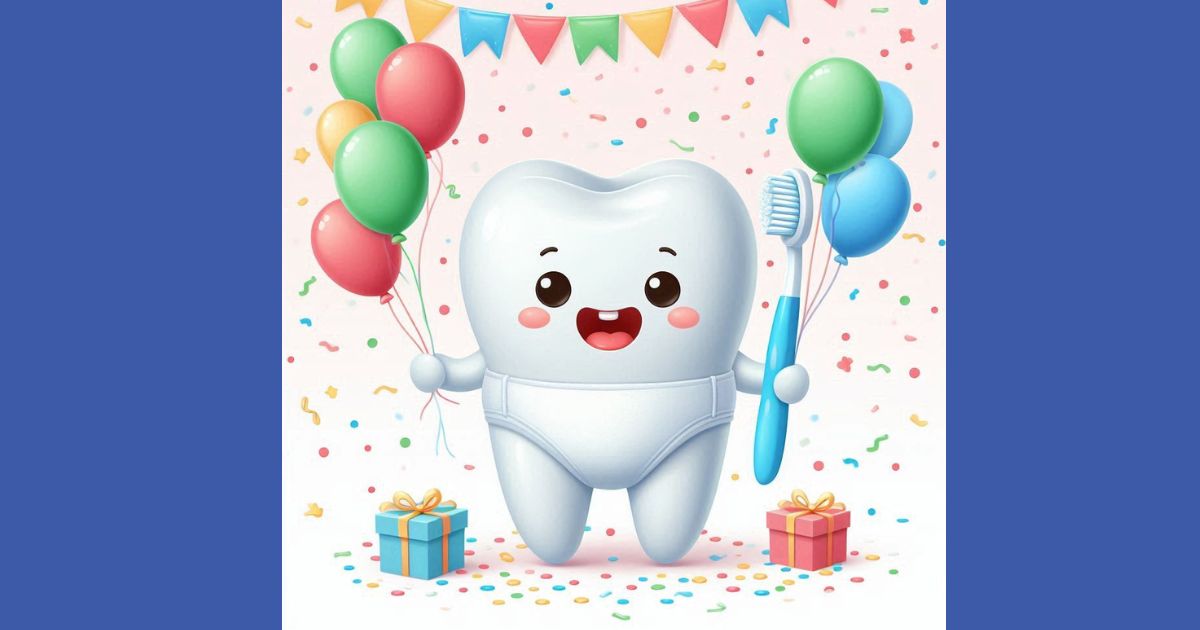Teething Troubles – A Guide to Recognizing and Soothing Your Baby’s Discomfort
Teething – a natural milestone that all babies experience, but it can often be a frustrating and uncomfortable time for both parents and little ones. As tiny teeth push through the gums, a cascade of symptoms can arise, leaving you wondering, is my baby teething, or is something else going on?
This comprehensive guide will equip you with the knowledge to recognize the signs of teething, soothe your baby’s discomfort, and navigate this crucial developmental stage.

Understanding the Teething Timeline
The timing of teething varies from baby to baby, but most begin the process around 4-7 months old, with the lower front teeth erupting first. The entire teething journey can take up to 3 years, with molars typically appearing last.
It’s important to remember that not all babies experience teething with the same intensity. Some sail through with minimal fussiness, while others face a period of significant discomfort.
Spotting the Signs of Teething
While teething symptoms can differ, here are some of the most common ones to watch for,
- Increased Drooling – As the body produces more saliva to help ease the passage of the teeth, your baby might drool excessively. This can lead to a rash around the chin and mouth area if not kept dry.
- Chewing and Gnawing – Teething babies have a natural urge to apply pressure to their gums. They’ll chew down on anything they can get their hands on, seeking relief from the discomfort.
- Fussiness and Irritability – Teething can be a painful process, leading to increased fussiness and crying. Your baby might be more clingy and have trouble sleeping.
- Swollen and Tender Gums – The area where the teeth are erupting might appear red, inflamed, and slightly puffy. You can gently feel for bumps or ridges under the gums.
- Loss of Appetite – The discomfort in the gums can make sucking and chewing less enjoyable, leading to a temporary decrease in appetite.
- Mild Fever – A low-grade fever (less than 100.4°F) can sometimes accompany teething. However, a high fever is not a typical symptom and could indicate an illness.
- Ear Pulling and Cheek Rubbing – This can be a confusing sign, as it’s associated with both teething and ear infections. If your baby has a fever or seems particularly distressed alongside ear pulling, consult your paediatrician.
Soothing Your Teething Baby
There are several ways to offer relief to your teething little one
- Teething Toys – Provide chilled (not frozen) teething rings or mesh feeders filled with frozen fruits and vegetables for your baby to gnaw on. The coolness numbs the gums and provides pressure for chewing.
- Gum Massage – Gently massage your baby’s gums with a clean fingertip. This can help ease discomfort and promote blood flow to the area.
- Pain Relievers (Consult Pediatrician First) – For babies over 6 months, over-the-counter pain relievers like acetaminophen or ibuprofen can be used under the guidance of your paediatrician.

When to Call the Doctor?
While teething can be a bothersome time, it’s usually not a cause for major concern. However, there are situations where it’s best to consult your paediatrician,
- High Fever (over 100.4°F) – This could be a sign of an infection.
- Diarrhea or Vomiting – Teething doesn’t typically cause these symptoms. If your baby experiences them, it might be due to another illness.
- Continuous Fussiness or Crying – If your baby seems inconsolable despite your soothing efforts, professional advice might be needed.
- Bleeding Gums – While some minor bleeding is possible, excessive bleeding warrants a doctor’s visit.